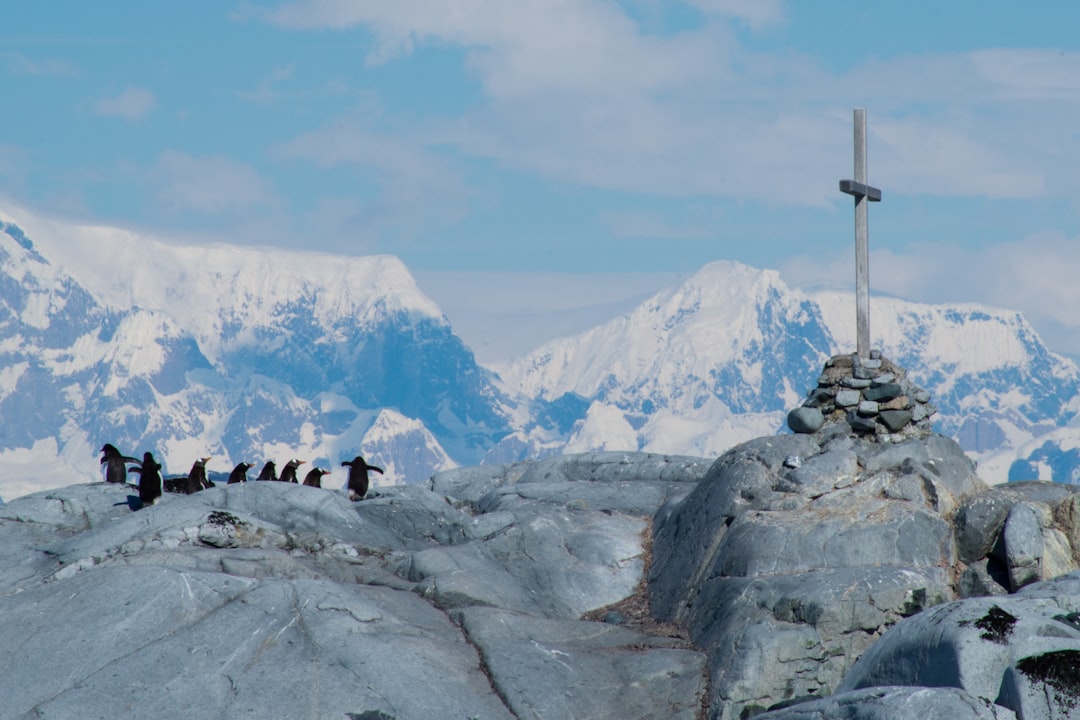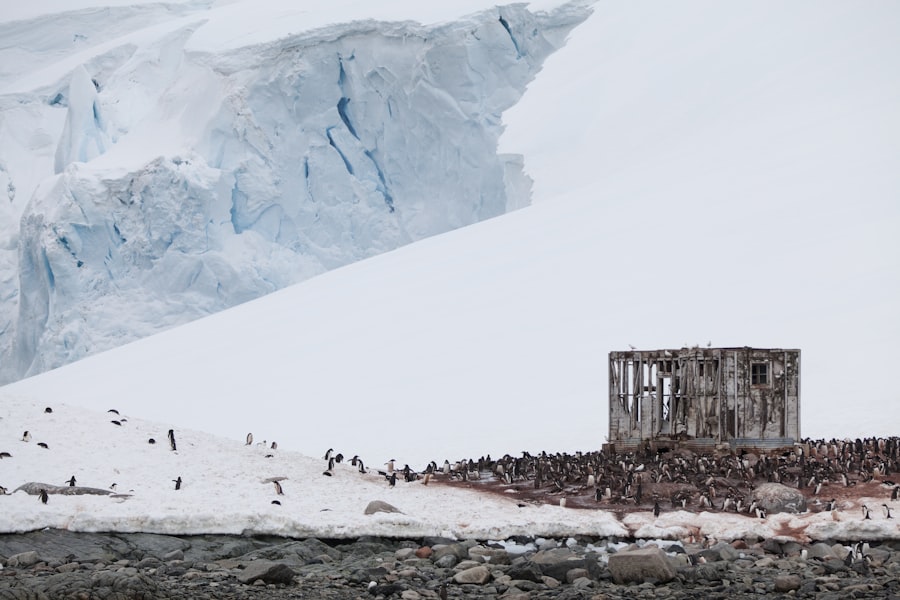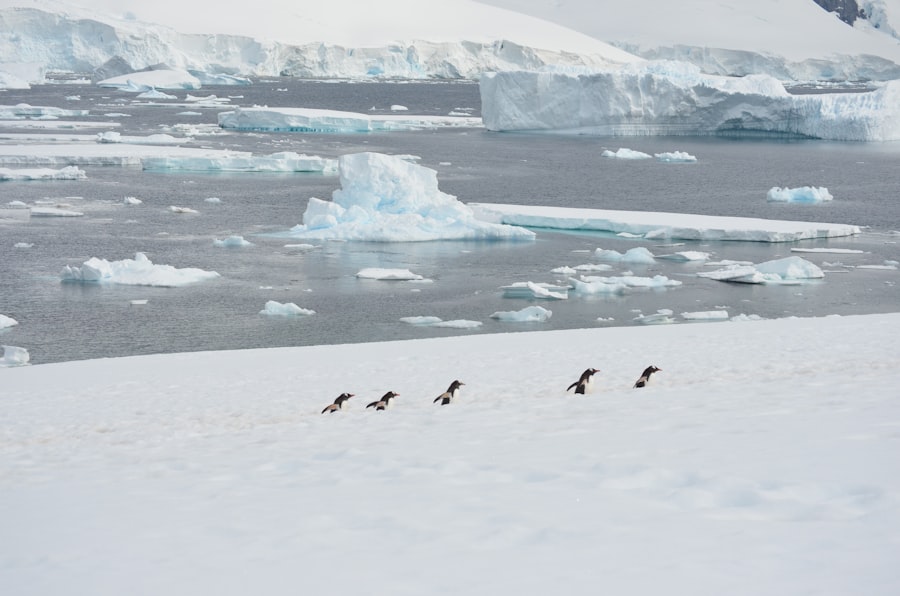
The French Southern and Antarctic Lands, known in French as “Terres australes et antarctiques françaises” (TAAF), represent a unique and remote territory of France. This overseas territory encompasses a collection of islands and territories located in the southern Indian Ocean, including the Crozet Islands, Kerguelen Islands, Amsterdam Island, Saint Paul Island, and the Adélie Land in Antarctica.
The region is characterized by its isolation, rugged landscapes, and extreme weather conditions, making it a fascinating subject of study for scientists and adventurers alike. The French Southern and Antarctic Lands are governed from Réunion Island, which is situated to the northwest of these territories. The administrative structure is designed to facilitate scientific research and environmental protection, reflecting France’s commitment to preserving the unique ecosystems found within these lands.
The TAAF is home to a variety of research stations operated by France and other nations, focusing on topics ranging from climate change to biodiversity. The remoteness of these territories has allowed them to remain relatively untouched by human activity, providing a pristine environment for both wildlife and scientific inquiry.
Key Takeaways
- French Southern and Antarctic Lands are a group of remote islands and territories located in the southern Indian Ocean and Antarctica.
- The geography of the French Southern and Antarctic Lands is characterized by rugged terrain, glaciers, and a harsh climate with strong winds and extreme cold temperatures.
- The islands are home to a diverse range of wildlife, including penguins, seals, and seabirds, and are protected by nature reserves to preserve their unique ecosystems.
- Visitors to the French Southern and Antarctic Lands can explore historical and cultural sites, such as abandoned whaling stations and research bases, that offer insight into the region’s past.
- Adventure and exploration opportunities in the French Southern and Antarctic Lands include activities such as hiking, wildlife watching, and expedition cruises, providing a once-in-a-lifetime experience for adventurous travelers.
Geography and Climate of French Southern and Antarctic Lands
The geography of the French Southern and Antarctic Lands is as diverse as it is remote. The Kerguelen Islands, often referred to as the “Desolation Islands,” are characterized by their volcanic origins, rugged mountains, and expansive glacial fields. The highest peak, Mont Ross, rises to 1,850 meters above sea level, offering dramatic views of the surrounding landscape.
The islands are dotted with numerous fjords and deep bays, which provide sheltered habitats for marine life. In contrast, Amsterdam Island and Saint Paul Island are smaller volcanic islands that feature lush vegetation and unique geological formations. The climate in this region is predominantly sub-Antarctic, marked by strong winds, frequent rainfall, and cool temperatures year-round.
The average temperature ranges from -2°C in winter to 10°C in summer, with the weather often changing rapidly. The Kerguelen Islands experience a maritime climate influenced by the surrounding ocean currents, leading to a high level of humidity and cloud cover. This climate supports a unique ecosystem that thrives despite the harsh conditions.
The islands are often shrouded in mist, creating an otherworldly atmosphere that captivates visitors and researchers alike.
Wildlife and Nature Reserves in French Southern and Antarctic Lands

The French Southern and Antarctic Lands are renowned for their rich biodiversity, particularly in terms of avian species. The region serves as a breeding ground for numerous seabirds, including the wandering albatross, which boasts the largest wingspan of any living bird. Other notable species include the king penguin, macaroni penguin, and various petrels that nest on the cliffs and rocky shores of the islands.
The unique combination of marine and terrestrial ecosystems supports a variety of wildlife that has adapted to the extreme conditions. In addition to its avian inhabitants, the region is home to several marine species that thrive in its nutrient-rich waters. Seals, including the Antarctic fur seal and elephant seal, can be found lounging on the beaches or swimming in the frigid waters.
The surrounding ocean is also teeming with life, including krill, which forms the basis of the food chain for many marine animals. To protect these fragile ecosystems, several nature reserves have been established within TAAF. These reserves are crucial for conservation efforts and provide researchers with opportunities to study the effects of climate change on these unique habitats.
Historical and Cultural Sites in French Southern and Antarctic Lands
| Site Name | Location | Description |
|---|---|---|
| Port-aux-Français | Kerguelen Islands | The main settlement in the French Southern and Antarctic Lands, serving as a research station and administrative center. |
| Port Jeanne d’Arc | Amsterdam Island | Former military base and scientific research station, now abandoned and in ruins. |
| Pointe Suzanne | Crozet Islands | Site of a former whaling station, now a protected area with historical remnants. |
The historical significance of the French Southern and Antarctic Lands is deeply intertwined with exploration and scientific discovery. The islands were first discovered by European explorers in the 18th century, with notable figures such as Captain James Cook charting parts of the region. The Kerguelen Islands were named after the French navigator Yves-Joseph de Kerguelen-Trémarec, who claimed them for France in 1772.
This claim marked the beginning of France’s enduring interest in these remote territories. Cultural sites within TAAF reflect this rich history of exploration.
Additionally, various monuments commemorate the contributions of scientists who have conducted research in these challenging environments. These sites not only highlight France’s historical presence but also underscore the importance of ongoing scientific endeavors aimed at understanding and preserving this unique part of the world.
Adventure and Exploration Opportunities in French Southern and Antarctic Lands
For those seeking adventure, the French Southern and Antarctic Lands offer unparalleled opportunities for exploration. The rugged terrain of the Kerguelen Islands invites trekkers to traverse its volcanic landscapes, while the remote beaches provide a chance to observe wildlife in their natural habitats. Hiking trails vary in difficulty, catering to both seasoned adventurers and those looking for a more leisurely experience.
The breathtaking scenery—comprising towering cliffs, glacial valleys, and pristine coastlines—creates an unforgettable backdrop for outdoor activities. In addition to hiking, visitors can engage in various water-based activities such as kayaking or sailing around the islands. These experiences allow adventurers to get up close to marine wildlife while navigating through stunning fjords and bays.
For those interested in scientific exploration, opportunities exist to participate in research expeditions or volunteer programs at one of the many research stations scattered throughout TAAF. These programs not only provide hands-on experience but also contribute to vital scientific work aimed at understanding climate change and its impact on these fragile ecosystems.
Tips for Visiting French Southern and Antarctic Lands

Visiting the French Southern and Antarctic Lands requires careful planning due to their remote location and challenging conditions. Travelers should be prepared for unpredictable weather; layering clothing is essential to stay comfortable during excursions. Waterproof gear is highly recommended, as rain can occur at any time of year.
Additionally, sturdy hiking boots are crucial for navigating uneven terrain while exploring the islands. Access to TAAF is limited; most visitors arrive via research vessels or specialized expedition cruises that operate during the austral summer months from November to March. It is advisable to book trips well in advance due to limited availability and high demand among adventure seekers.
Travelers should also familiarize themselves with local regulations regarding wildlife observation; maintaining a respectful distance from animals is essential for their protection. In conclusion, the French Southern and Antarctic Lands offer a unique blend of natural beauty, rich biodiversity, historical significance, and adventure opportunities that attract researchers and explorers alike. With careful planning and respect for this pristine environment, visitors can experience firsthand the wonders of one of Earth’s last great frontiers.
If you’re intrigued by the remote and fascinating territories of the French Southern and Antarctic Lands, you might also enjoy exploring other unique destinations around the globe. For instance, Canada offers a blend of vast wilderness and vibrant cities, making it another exciting location for those interested in geography and travel. You can learn more about Canada’s diverse landscapes and cultural attractions by visiting Canada Facts and Places to Visit. This article provides insights into Canada’s rich history, stunning natural sights, and must-visit places, perfect for expanding your knowledge of North America’s extensive and varied environments.
FAQs
What are the French Southern and Antarctic Lands?
The French Southern and Antarctic Lands (TAAF) are a group of territories under the authority of France, located in the southern Indian Ocean and the Antarctic region.
What are the main islands and territories within the French Southern and Antarctic Lands?
The main islands and territories within the French Southern and Antarctic Lands include the Kerguelen Islands, the Crozet Islands, the Amsterdam and Saint Paul Islands, and the Adélie Land in Antarctica.
What is the climate like in the French Southern and Antarctic Lands?
The climate in the French Southern and Antarctic Lands is generally cold and windy, with subantarctic and polar climates prevailing in different parts of the territory.
What are some of the notable wildlife and natural sights in the French Southern and Antarctic Lands?
The French Southern and Antarctic Lands are home to a diverse range of wildlife, including penguins, seals, albatrosses, and other seabirds. The territory also features stunning natural landscapes, including glaciers, rugged coastlines, and volcanic formations.
What is the human population of the French Southern and Antarctic Lands?
The French Southern and Antarctic Lands have a very small human population, primarily consisting of researchers and support staff stationed at scientific research stations on the islands.
What are some of the research activities and scientific significance of the French Southern and Antarctic Lands?
The French Southern and Antarctic Lands are important for scientific research in fields such as biology, geology, and climate science. The territory’s remote and pristine environment provides valuable opportunities for studying ecosystems and climate change.



